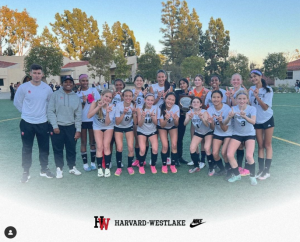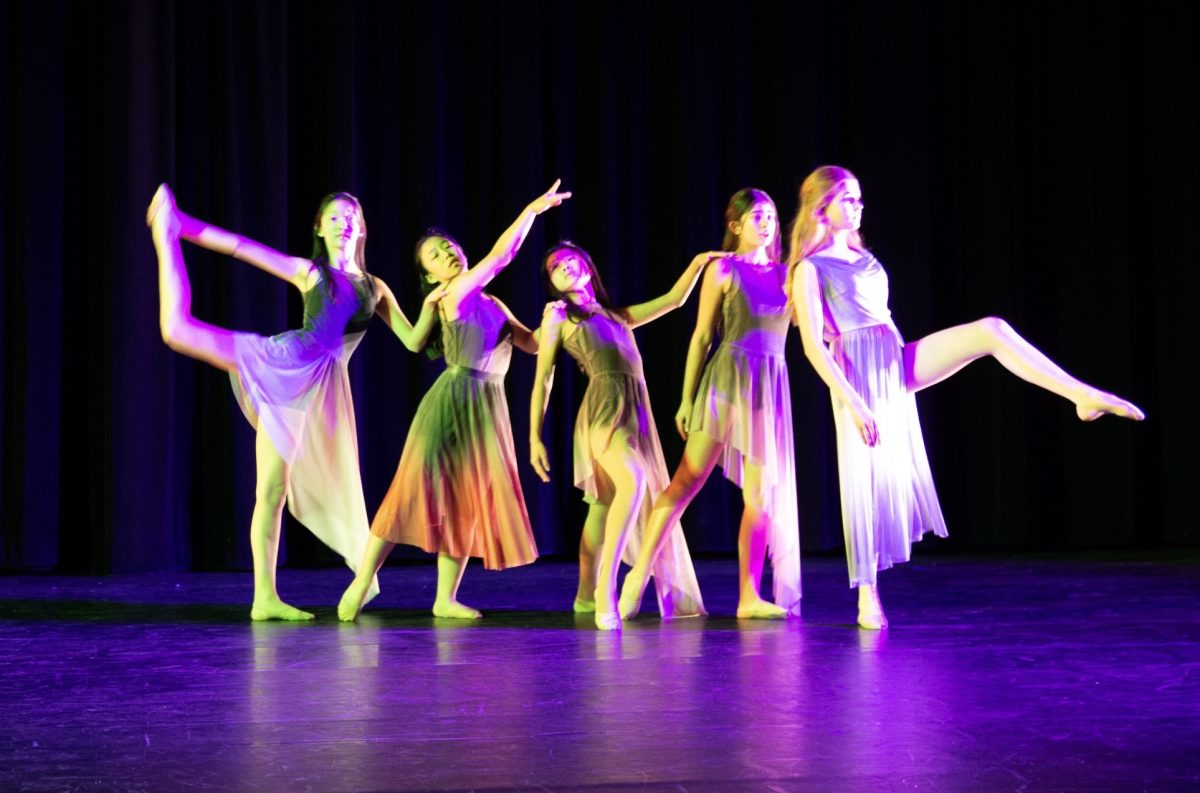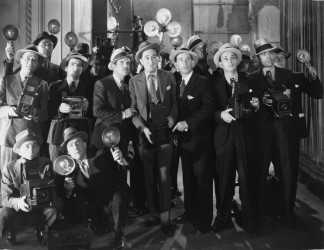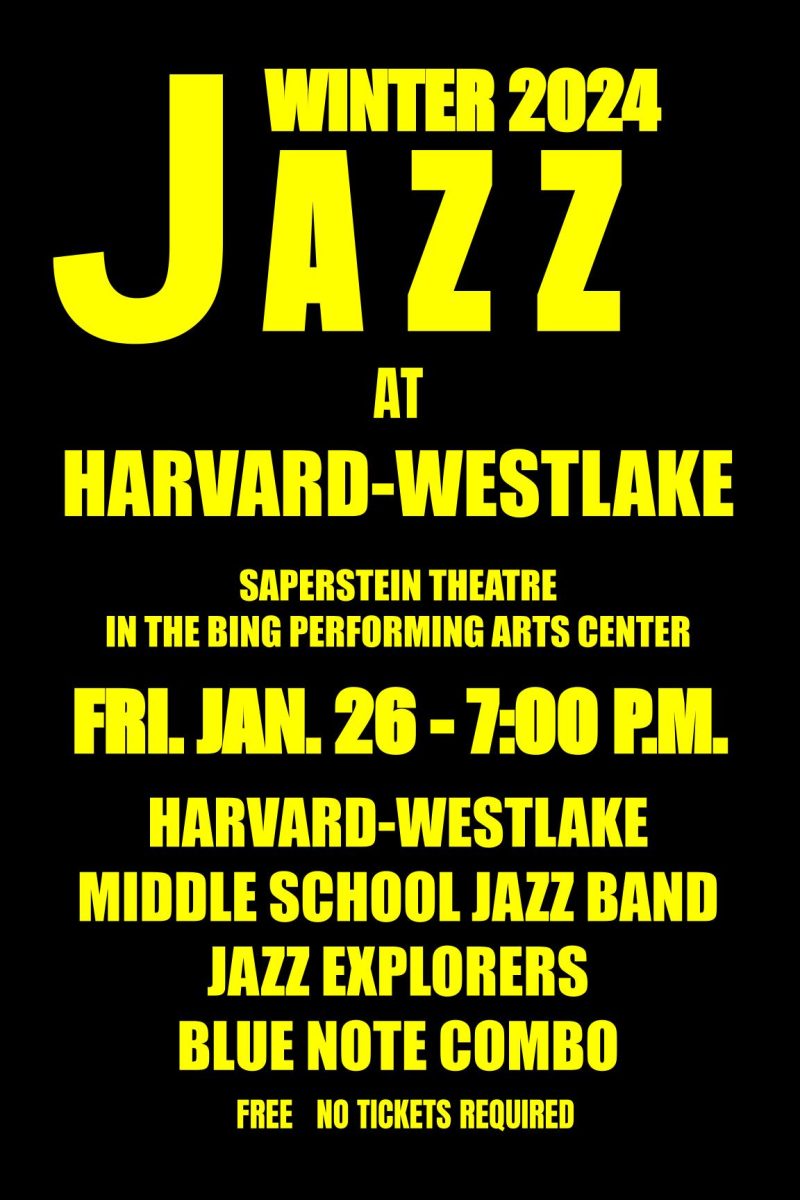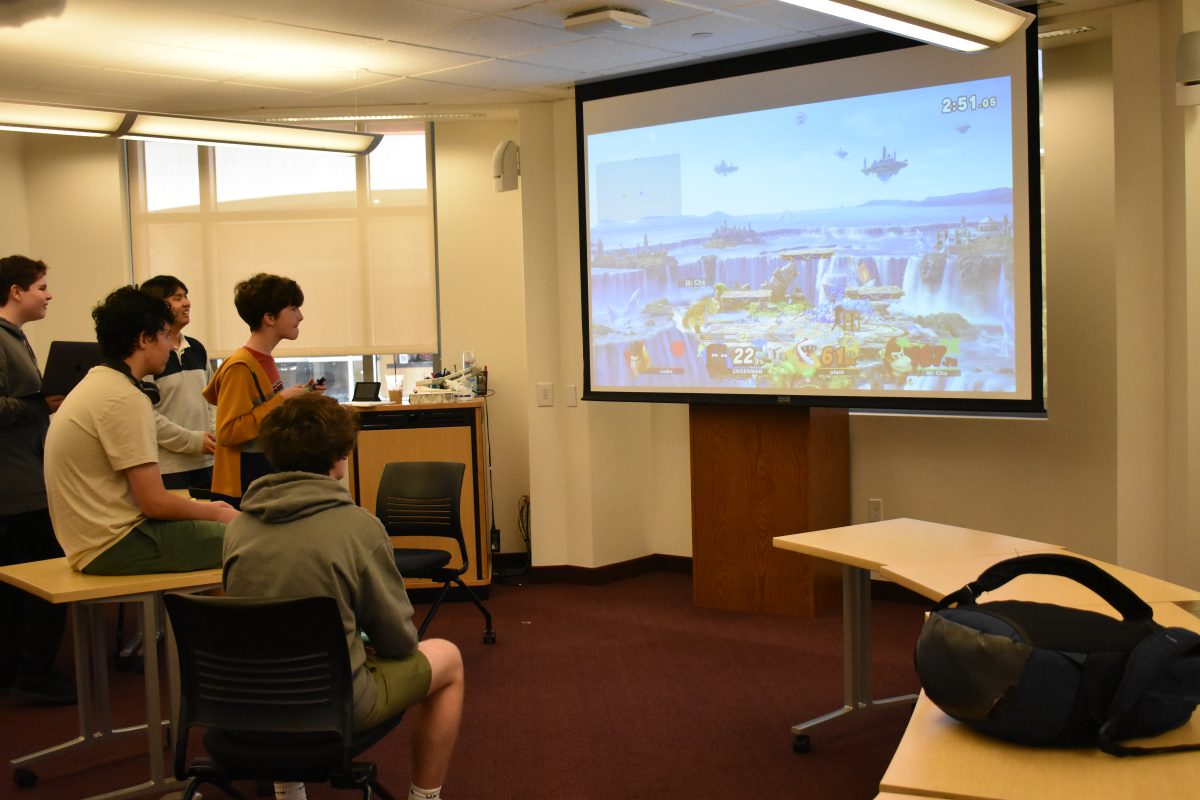It was supposed to be the most luxurious of music festivals, or at least that’s what the 5,000 people who bought tickets to Fyre Festival thought. Less than six months after the festival infamously flopped, leaving co-creator Billy McFarland in federal prison for six years on charges of $26 million fraud, Netflix has released a documentary called “Fyre: the Greatest Party that Never Happened” (“Fyre”). The film gives an in–depth look at McFarland, the festival and who was involved and why it failed so catastrophically.
The beginning of the film paints a cheery though suspicious picture of young entrepreneur McFarland and rapper Jeffrey Atkins, also known by his stage name “Ja Rule,” wanting to promote their talent booking app “Fyre,” through a music festival. “Fyre” features an overwhelming amount of behind the scenes footage of the Fyre Festival promotional videoshoot, which took place on Norman Cay, the island where the festival had been planned to take place. The film presents the video footage in a way that clearly shows the intended appeal of Fyre Festival and who the festival‘s target market was: millennials.
This footage helps give insight into what was happening behind the scenes as McFarland and his collaborators let Fyre Festival fall. During one scene in the movie, McFarland insists on keeping the cameras rolling while the story develops, explaining what really happened while the festival was being put together.
While it is not mentioned in “Fyre” how Netflix was able to get so much behind the scenes footage, upon further research, McFarland was planning on making a documentary about the festival as well, whether it succeeded or failed. It would have been interesting to see what McFarland wanting to make a documentary implies about him and the process of putting Fyre together.
In addition to being in the viral promotional video, models such as Kendall Jenner, Gigi Hadid and Emily Ratajkowski were paid as much $250,000 to promote the festival via the social media app Instagram, money McFarland may not have had. The film takes a look at all the marketing and financial decisions that McFarland made, eerie music plays in the background, adding a investigative feel to the documentary.
While Netflix wasn’t able to interview McFarland, who signed a contract with Hulu, or Ja Rule, who refused to partake in any and all documentaries but has hinted on making his own; however, many associates who were part of planning the festival were interviewed. While the models and some of the artists hired to perform were “grossly overpaid” according to Samuel Krost, a staff member of the Fyre booking app who was put in charge of hiring festival acts, many Bahamians who built tents, rest areas and stages went unpaid. In the chaotic aftermath, Netflix demonstrates how Fyre affected people, from workers to attendees.
The film is well put together, not omitting the musical performances that were supposed to happen on drug lord Pablo Escobar’s private island, and documenting all as Fyre festival crumbled to dust. While the story of Fyre Festival may be centered around McFarland, the documentary covers topics such as how Fyre Festival was the first music festival to use social media as their primary publicity, which they used to create an extravagant picture.
The film also compares Fyre Festival to other groups of musical performances, and in the multitude of interviews that were done and used in the movie, many who were behind the scenes give good explanations about how the festival was rushed and McFarland’s lack of organization. As the festival got closer and closer to the days of the festival, the movie created an atmosphere of suspense
Hulu, another popular online streaming website, also produced a documentary on Fyre Festival, titled “Fyre Fraud.” The documentary claimed to explain “a true-crime comedy exploring a failed music festival turned internet meme at the nexus of social media influence, late-stage capitalism, and morality in the post-truth era,” however, the film itself was far from this description.
The movie begins by focusing on Billy McFarland, who is introduced as a New Yorker with the ability to manipulate people since he was a child. The film unnecessarily talks about McFarland creating a crayon business when he was young, and does not even begin to introduce Fyre (the booking app or festival) until 50 minutes into the movie. Delaying the main topic of the movie with context is what makes “Fyre Fraud” untruthful to its name.
The contextual picture Hulu is trying to produce in giving an in–depth view of McFarland’s credit card company, “Magnises” is unnecessary and wasteful to include in a documentary that is only an hour and 37 minutes long.
Out of all the production companies making a documentary about Fyre Festival, McFarland agreed to be interviewed by Hulu, which sets an expectation for viewers, even if he cannot reveal some details for his own protection. However, “Fyre Fraud” butchers the clips seen in the film with McFarland, showing more clips of him NOT saying anything viable, such as “um,” “I cannot disclose that information” and even “I cannot answer that”.
The only successful part of the interview with McFarland is where he shows that he still believes he was fully aware of what needed to be done to plan a music festival and that he did not lie or manipulate people. Even then, the idea of McFarland not realizing the consequences of his actions needed to be much elaborated on, compared to Netflix’s documentary, where they thoroughly discuss McFarland having the whole time not believing he was going to jail. McFarland’s quote on the matter is barely adequate responding with “I was a big boy, I knew what I was getting into. If I signed something that doesn’t sound smart financially, that’s on me. Nobody made me do that.”
McFarland was also asked the question of whether he thinks he is a compulsive liar. He fires back “Show me one thing I lied about.” This quote presents a unique angle behind McFarland’s psychology that Netflix’s documentary does not have. It reeks with importance especially since McFarland’ lawyer asked for leniency, claiming he has undiagnosed mental disorders that are bipolar related.
The documentary quickly moves on to other topics, though, not focusing for long enough on McFarland’s mental state, especially when he goes back to scamming people after he is released on bail.
In terms of audio, Hulu accurately depicts how much technology and the media were involved in Fyre festival and its downfall, going to pointed extremes through the use of robotic voices to read emails, texts, and testimonies.
As the movie progressed, these voices became tiring, and the producers even went so far as to use the voice of WOPR (War Operation Plan Response), which is famously featured in the movie “War Games” from 1983. In “War Games,” voiced technology was thoroughly and rightfully frightening, as opposed to in “Fyre Fraud”, where it would have been creative
to see people who were interviewed read out some of the messages and court statements.
“Fyre Fraud” also played carnival music in the background; however, this, too, became boring and repetitive, especially when Hulu distastefully played Beethoven’s Symphony No. 5, while talking about a Bahamian woman who lost $50,000 paying her employees after catering to 600 people with 20 minutes advance notice.
Hulu used clips and footage from the media so much in their documentary that it’s hard to understand when they used pre-produced clips and how much they themselves produced. In fact, some of the clips that Hulu used for imagery were so irrelevant and random, such as an alarm clock beeping to signify the day of the festival, which could have just as easily been found on a copyright free video website. “Fyre Fraud” also included unwarranted clips of a storm and water. The film had such irrelevant images, Hulu was even able to incorporate President Donald Trump; I don’t even know how that is possible.
“Fyre Fraud” and “Fyre: the Greatest Party that Never Happened” were released within four days of each other, which begs a bigger question: Hulu or Netflix? Netflix is the clear choice.




